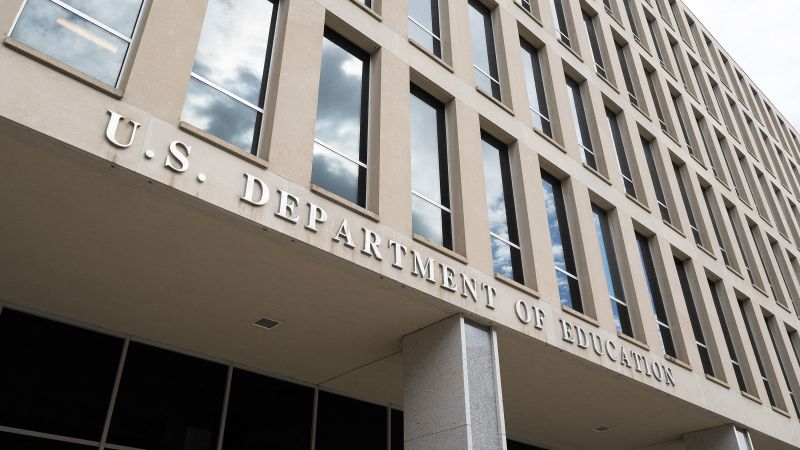The Department of Education recently made a significant announcement that will impact millions of borrowers nationwide. On a notable Monday, they confirmed that they will recommence the collection of federal student loans that are currently in default, starting on May 5. This marks the end of a cessation period linked to the pandemic, which has persisted for close to five years, allowing borrowers to temporarily escape the burden of repayment.
As highlighted in the department’s news release, over five million borrowers currently find themselves in default. Loans slide into default status after a borrower fails to make payments for 270 consecutive days. This precarious situation creates long-term repercussions for individuals, potentially affecting their credit scores, making it increasingly difficult for them to secure mortgages or other loans in the future. The urgency of the situation cannot be understated, as borrowers will need to navigate their paths carefully as the clock ticks down toward the repayment resumption date.
Education Secretary Linda McMahon made a rather striking statement concerning the matter, asserting that it is imperative for American taxpayers not to remain on the hook for what she termed “irresponsible student loan policies.” She emphasized that the Biden Administration had misled many borrowers with the notion that the executive branch possesses the constitutional power to eliminate debt. Furthermore, she underscored that loan balances do not simply disappear, which reflects a clear stance from the Education Department regarding the handling of student debt.
Amongst the measures put in place during this transition is the reactivation of the Treasury Offset Program. This program enables the collection of debts through garnishing federal and state payments such as tax returns and social security benefits. Such actions will undoubtedly put additional pressure on those individuals already grappling with financial instability. The department is looking to employ stringent measures as part of their broader strategy to reintegrate the repayment process into the lives of those affected.
In their announcement, the Education Department also made a call to action directed toward those borrowers who have defaulted. They urged individuals to reach out to the Default Resolution Group within the student aid office. Options were laid out for borrowers: they may choose to make a monthly payment, enroll in an income-driven repayment plan, or opt for loan rehabilitation. Such efforts are aimed at providing pathways for borrowers to regain control over their financial situations and avoid further penalties associated with continued default.
Moreover, the office plans to initiate administrative wage garnishment this upcoming summer. This process permits a federal agency to request employers, not affiliated with the federal government, to withhold a specific percentage of an employee’s income in order to pay off delinquent debts. This move underscores a significant push by the Education Department to recover outstanding student loan debts and demonstrate the seriousness of the commitment to ending the default epidemic.
Interestingly, these developments coincide with the wider implications of the current political landscape regarding the structure and existence of the Education Department itself. Recently, President Donald Trump signed an executive order aimed at dismantling the Department of Education, directing Secretary McMahon to begin the shutdown process. The intent is for the Small Business Administration to absorb the extensive student loan portfolio managed by the Education Department, which represents an astounding total of $1.8 trillion in debt. This realignment hints at a transformational moment not only for student loans but also for the overarching educational framework in the United States.
In conclusion, the recommencement of federal student loan collections signifies a pivotal shift for over five million borrowers. As the clock counts down, those facing default must navigate their options carefully while balancing the potential financial implications laid out by the Education Department. The evolving fate of the Education Department itself adds layers of complexity to an already intricate situation, marking this moment as critical in the landscape of educational financing and policy.











